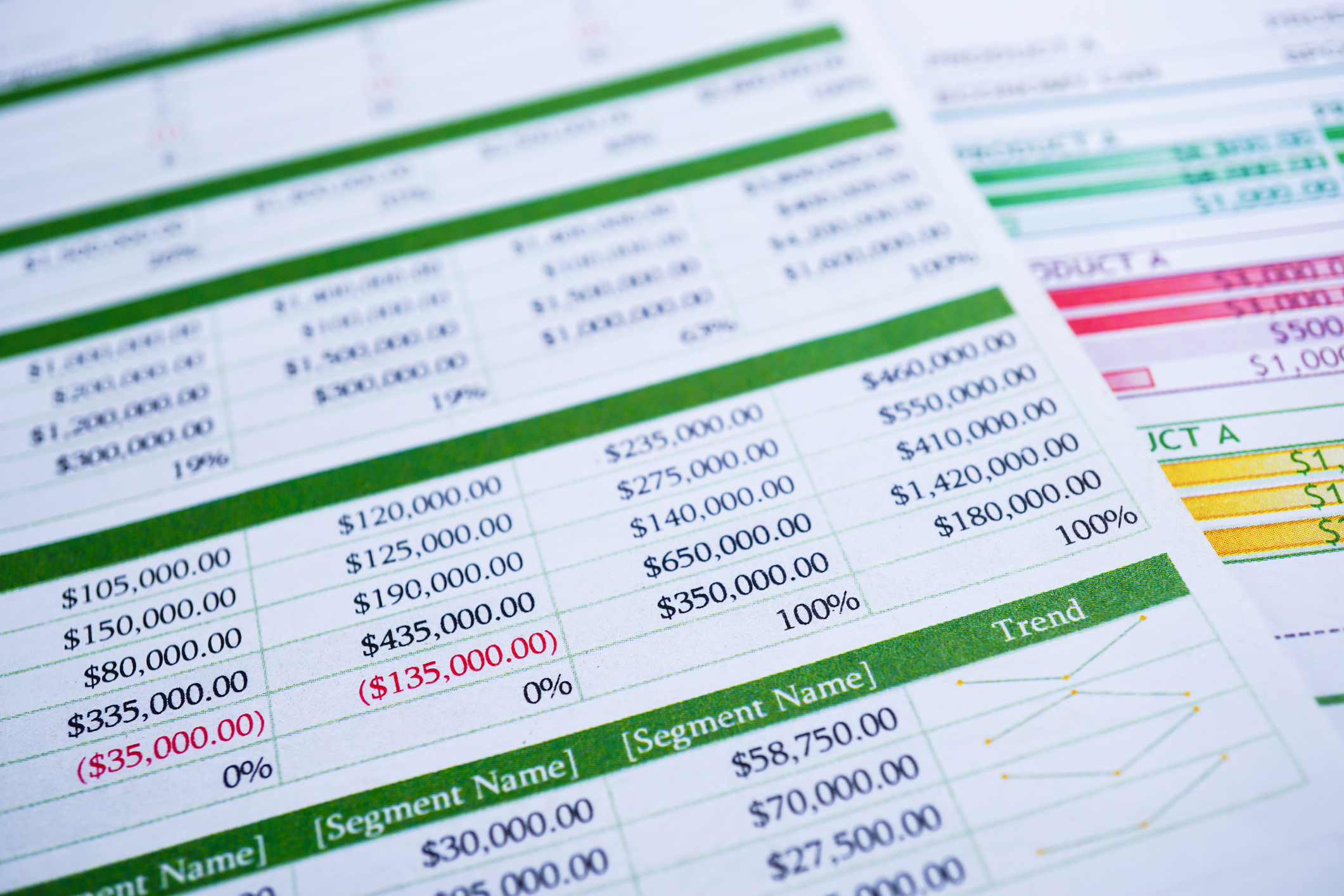Business planning is necessary to ensure your company’s solvency and know whether it is profitable. In uncertain and dynamic markets, simple planning is essential, which shows what you want and can achieve. You can do this with the Excel tool that is presented here.
Business Planning and Financial Planning
Strategizing sales and costs and achieving profitability are fundamental responsibilities in effective management. The imperative lies in securing liquidity while gauging your company’s profitability and individual business sectors. Given the dynamic and unpredictable nature of the future, adapting to evolving scenarios becomes paramount. The foundation for this adaptability is built upon the historical trajectory of business areas and informed assumptions about their prospective development.
That is why planning is sensible and essential. The business must carry it out for the company, which is legally independent and therefore must be accountable to owners about economic success. In addition, it must fulfill its tax and other legal obligations for accounting and proof of success.
A company’s management wants to see what contributes to economic success and in what form. For this reason, sales and costs are not considered across the board but divided and analyzed. Depending on the industry, type of company, size, and performance, various issues are considered in the planning.
Which Business Units and Planning Units are There?
The circumstances and areas where you plan sales, costs, payments, and profits depend on your area of responsibility and tasks. What can and must you arrange, design, change, improve, manage? Here are some examples of planning units:
Products and services
It provides a diverse array of products and services. With a strategic focus, the management is actively seeking insights into the profitability of each service. This evaluation informs decisions on promoting lucrative offerings, exploring expansion opportunities, and assessing the viability of phasing out less profitable ones.
Branches
The company has several branches. The management wants to know how successful the individual departments are, where to invest, and which to optimize and close.
Business areas, business units, and profit centers
A large company has several business units, business units, or profit centers. The management wants to recognize their successes to derive the company’s goals and strategies.
You can use the Excel tool from this manual section for differentiated but manageable planning for your company and individual product groups, branches, or business areas. Structure and functionality are explained step by step so you can start planning immediately.
Excel Tool with Menu and Overview of the Partial Plans
The Excel tool first differentiates the following planning areas or sub-plans for a company, its product groups, branches, or business areas:
- Sales
- Costs
- Liquidity
- Operating profit
You can plan sales and direct material costs as assignable direct costs for up to twelve different planning units. Planning units include individual products or services, product groups or segments, branches, or business areas. These planning units are product groups in the Excel tool.
The gross profit for each planning unit is calculated from sales and material costs.
All other costs for the company are considered and planned. Personnel, insurance, fleet, operating, financing, and other expenses incurred across the board.
Success planning results from the sales and gross profit for the individual planning units and the overarching costs. It includes liquidity planning. On the one hand, the company’s solvency is monitored, and on the other hand, the necessary capital requirements are determined for budget planning.
In addition, the operating result, the company’s profit, is determined in the profit and profit planning. Additional costs, depreciation, and taxes are included.
 Considered Planning Period and Time Grid
Considered Planning Period and Time Grid
The Excel tool was designed for six years. This planning period is structured as follows:
Development so far
The actual sales values and monthly costs are recorded for the past three years. The starting point is the current year, from which three years are considered: t-3, t-2, t-1.
Current underlying
The mean value is calculated from these actual values from the past three years. It means value for sales and costs are the basis for future planning.
Future development
Future development is planned based on the current underlying. The plotted values can result from assumptions about how sales and costs can develop and how targets (target values) can express themselves. The planning units for the future three years are:
- For the current planning year (t + 1): months
- For the coming planning year (t + 2): quarters
- For the following planning year (t + 3): full year
 About Complete Controller® – America’s Bookkeeping Experts Complete Controller is the Nation’s Leader in virtual bookkeeping, providing service to businesses and households alike. Utilizing Complete Controller’s technology, clients gain access to a cloud platform where their QuickBooks™️ file, critical financial documents, and back-office tools are hosted in an efficient SSO environment. Complete Controller’s team of certified US-based accounting professionals provide bookkeeping, record storage, performance reporting, and controller services including training, cash-flow management, budgeting and forecasting, process and controls advisement, and bill-pay. With flat-rate service plans, Complete Controller is the most cost-effective expert accounting solution for business, family-office, trusts, and households of any size or complexity.
About Complete Controller® – America’s Bookkeeping Experts Complete Controller is the Nation’s Leader in virtual bookkeeping, providing service to businesses and households alike. Utilizing Complete Controller’s technology, clients gain access to a cloud platform where their QuickBooks™️ file, critical financial documents, and back-office tools are hosted in an efficient SSO environment. Complete Controller’s team of certified US-based accounting professionals provide bookkeeping, record storage, performance reporting, and controller services including training, cash-flow management, budgeting and forecasting, process and controls advisement, and bill-pay. With flat-rate service plans, Complete Controller is the most cost-effective expert accounting solution for business, family-office, trusts, and households of any size or complexity.



